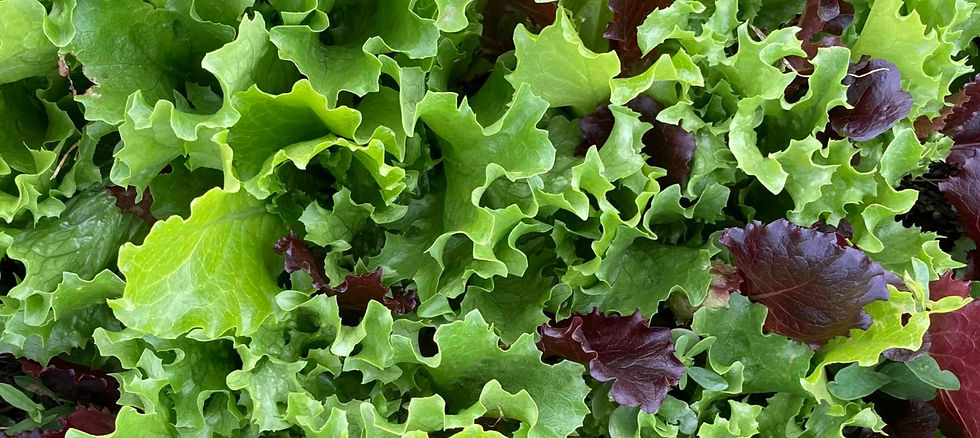
There’s plenty of lists out there about the best vegetables to grow in pots, but one of the things that I don’t always see taken into account is the amount of bang for your buck. In other words, just because you can plant something in a pot, doesn’t necessarily mean that it is worth it. You can plant many types of root vegetables in pots, but is it worth it when you only get one harvest out of it? The answer to this is subjective of course. I might not think it is worth it to grow a couple of beets when I could get a lot more peppers. However, you might hate peppers, and beets are your favorite vegetable of all time, so for you, it completely makes sense. The most rewarding food to grow is the food that you want to eat.
I’m also going to break down this list into two parts because something that is important to take into consideration is the amount of sunlight that your growing area gets. If your growing area is a little shady, then you’re probably going to struggle getting a tomato plant to be happy. It is important to note that almost all vegetable and herb plants need some direct sunlight in order to be happy and healthy. I’m a big supporter of experimentation and seeing what happens, but if your growing area is completely shaded, I recommend reducing your expectations of what you can grow, especially when it comes to edible plants.
Part Shade Veggies (in no particular order):
Cucumbers
Cucumbers are water loving plants that will grow fast and tend to produce a lot of fruit (yes, cucumbers are technically a fruit!). Depending on the variety they can spread pretty far and will prefer to attach onto a trellis or a railing. The biggest pitfall of cucumbers is that they can be susceptible to disease. I would look in particular for disease resistant varieties and make sure that any seedlings you buy from a garden center look healthy. Keeping up with their watering will also help keep the plants healthy.
Lettuce, spinach, arugula
I’ve grouped these plants together because they all prefer the weather to be a little chillier or will do better with shade. When they get too hot they will start to bolt (a gardening term that means they are entering their flower production stage of their life cycle). When plants bolt, they produce new chemicals that can make the plants bitter and often make leaves tougher, so the goal is to harvest before the plants enter this stage. I also grouped these together because unless you have a lot of space, you might end up with a harvest that is enough for a one person salad. That being said, these veggies tend to be easy to grow and can be harvested multiple times.
Peas
Peas are a joy to grow because they grow fast and you don’t have to worry about cold weather as much. These are great for growing activities with kids because you don’t have to wait as long to reap the rewards as you might with other plants. They will likely need some structural support dependent on variety. Some bush varieties you can get away without supports, they just might be a little unruly.
Baby kale and Microgreens
Generally speaking, kale would like as much sun as it can get, but if you harvest it small, you can treat it similar to how you would lettuce or spinach, and it will tolerate more heat. Other microgreens will also do well since a lot of the energy they need for growth is coming from the seed itself rather than sun. I would rate these as having medium return on space usage.
Green Onions
Green onions are awesome when it comes to growing in pots. They are ok with being packed in a small space and you can harvest the greens again and again. They will tolerate some cold weather and will continue into warm months. They can also be pretty resilient - they might not look the best after a bit of neglect, but they can definitely bounce back. You can grow them from seed or you can get them from a local garden center. For a quick start you can also just grab some from the grocery store, eat the greens, and then plant the white bulb into the soil and they will get to work producing more oniony goodness.
Comments